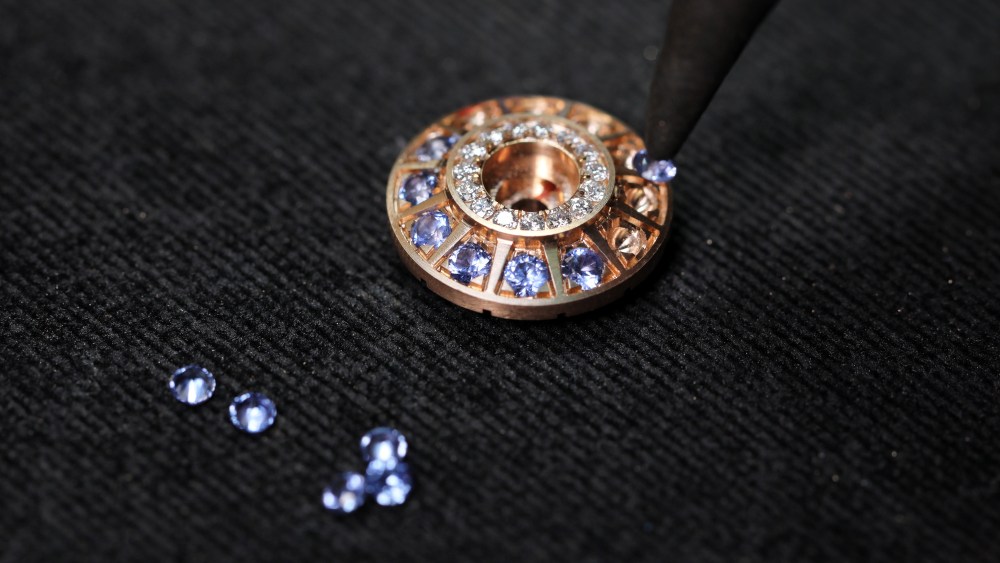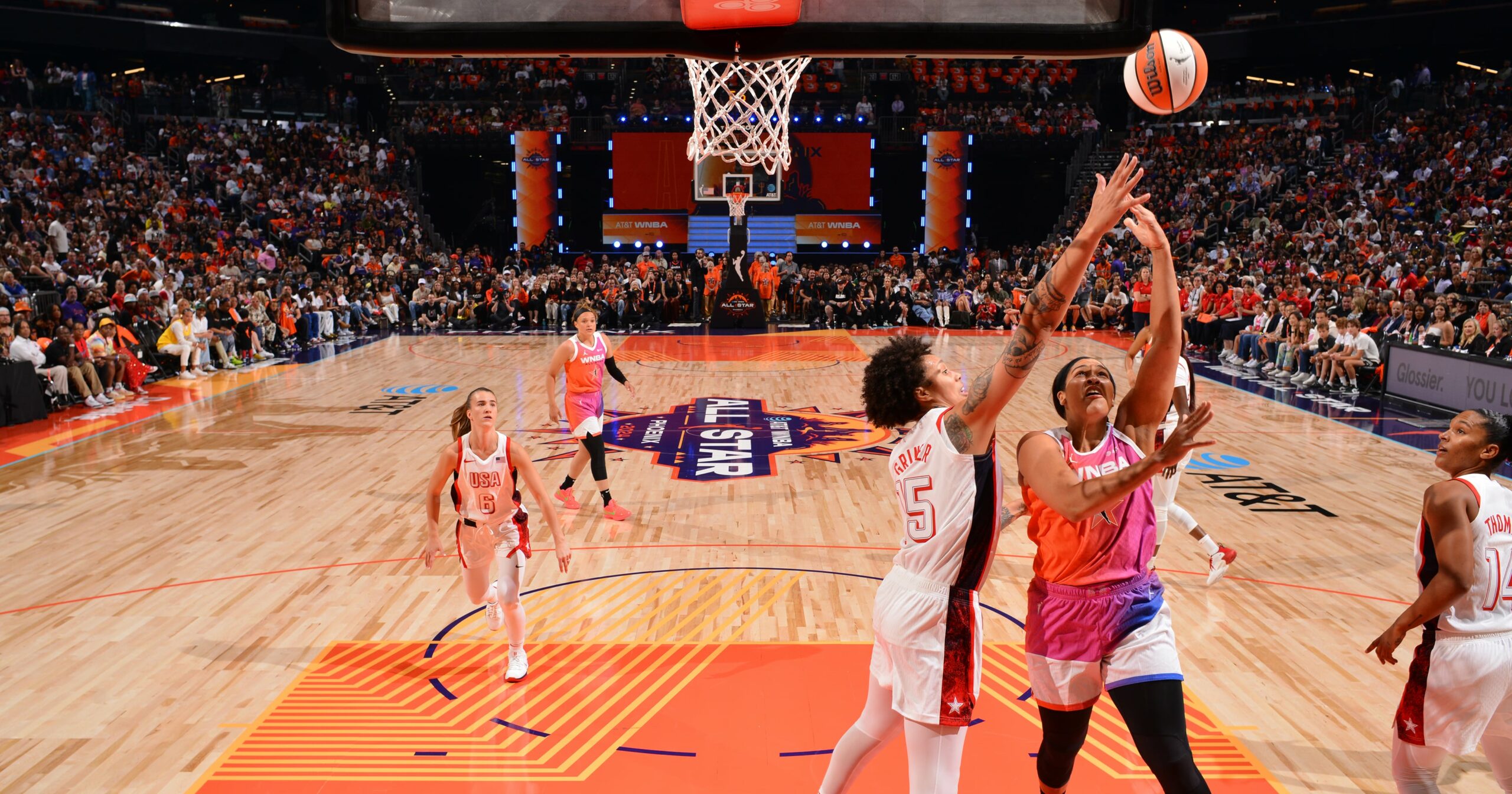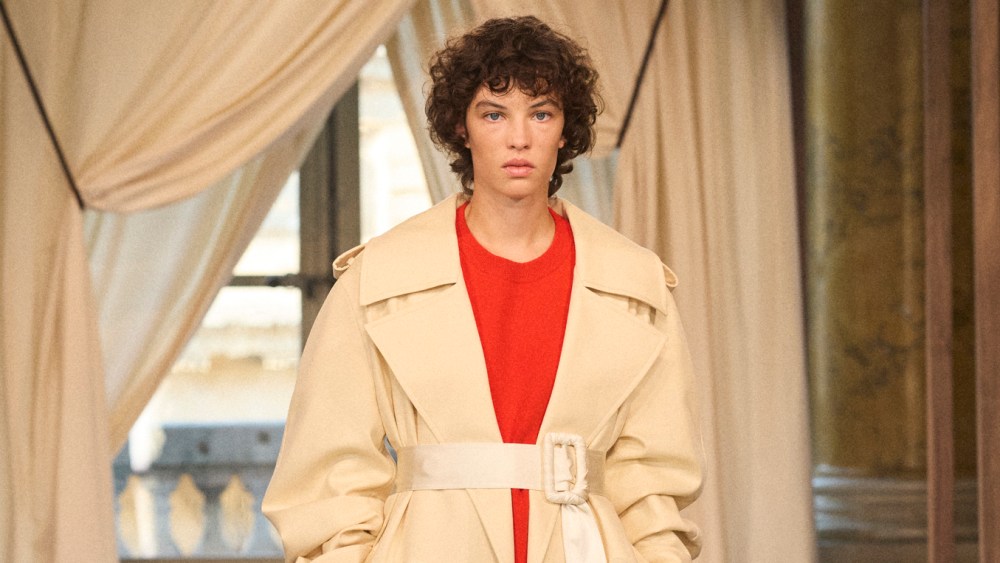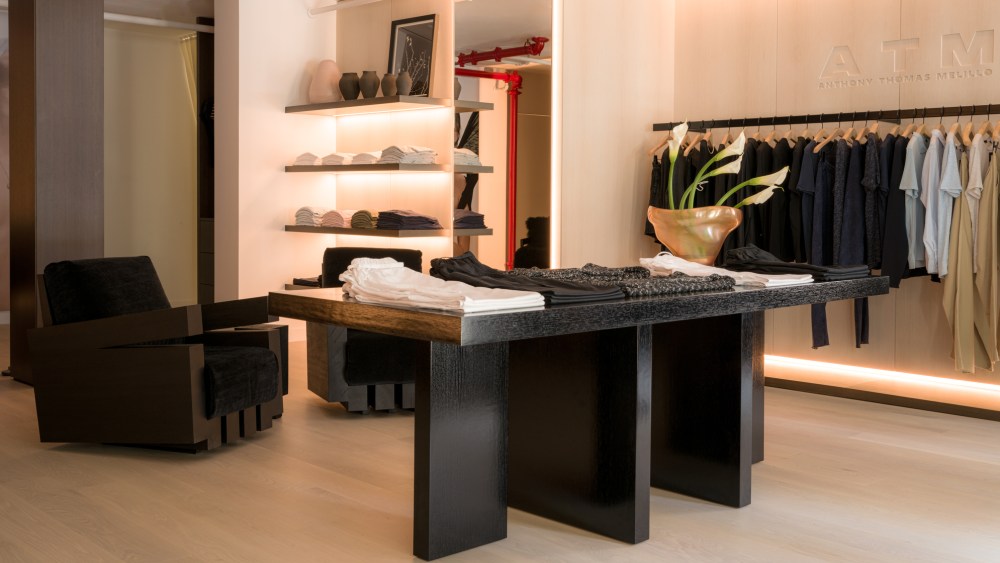Although fine jewelry brand Aneka is poised for global expansion, geography is the absolute last thing chairman Philippe Nobile would use to define the 16-month-old company.
That’s because the brand he cofounded in 2022 with jewelry scion Ankit Mehta, who serves as CEO, is an international outfit that isn’t rooted in one particular place.
Headquartered in Switzerland, its design studios are in Paris and Milan; its workshops are in India, owing to the expertise of Mehta’s family, which has been in the jewelry business for more than a century; and commercial and retail teams are in its key markets of Europe, India and most recently, the U.S.
“Our house policy is rather simple: we go where the talents are,” Nobile told WWD.
And barely a year after opening its first-ever flagship in Mumbai, the brand is ready to go to its clients — everywhere else.
Hot on the heels of its first international outpost, a 350-square-foot corner that opened in April at Paris’ Printemps Haussmann department store, it is making its debut at Couture Las Vegas this year.
“Our ambition is to implant ourselves [in the U.S.] through department stores and multibrand retailers specialized in luxury watches and jewelry in a number of cities,” said the brand’s executive.
There are also plans for a series of trunk shows, and a flagship as early as 2025 is in the works, although the brand is still evaluating where it will find the most resonance.
According to Nobile, the goal is for the U.S. to make up around a third of Aneka’s sales in the next 24 to 36 months, although he thinks the company will reach that target in less than two years.
This slots into a wider plan of tripling its revenue, although the privately owned company did not disclose figures. The brand executive said its Mumbai flagship had been profitable in less than a year. He described cost for a store in the Indian metropolis as being on par with Shanghai or Beijing.
Aneka can also count on two additional growth factors. First is the launch of men’s designs in the next three months, tapping into the potential of a $7 billion men’s luxury fine jewelry market that’s growing over 7 percent per year in the next five years, according to Euromonitor estimates.
Aneka has also launched high jewelry, with pieces reaching up to 1 million euros designed in its Milan studio.
Aneka’s first-ever flagship — a 3,000-square-foot unit in Mumbai’s trendy Kala Ghoda precinct, which is home to art festivals, chic eateries, and boutiques such as Gaurav Gupta’s flagship and the Nicobar concept store — triggered the brand’s international expansion plans.
“Tourists and foreign expatriates were quickly a majority in our client portfolio, so we felt we were ready for international expansion,” he continued. A repurchasing rate close to 20 percent and well-received trunk shows in Paris and the U.S. cemented that impression left by early American, Italian and French consumers at the Mumbai store.
Nobile credits Aneka’s early success to color-filled, opulent contemporary designs that struck a chord with today’s female jewelry consumers looking beyond occasion-driven purchases. Distilling India’s symbols and jewelry heritage with a light touch also proved a successful route.
“What’s funny is that many clients believe we are an Italian brand,” said the executive.
Aneka designs include the geometric Entwine collection, nodding to Ikat-inspired weaves; the sonorous Poetry in Motion, taking cues from the ghungroo anklets with ball bells that chime with every move of Indian dancers; and the intricate Sero, inspired by the traditional Chikankari embroidery style from Lucknow.
Prices range from 1,500 to 100,000 euros, with the core of Aneka’s collection between 3,000 and 10,000 euros. Currently, the average basket sits at 5,500 euros.
In parallel, the brand will also continue pushing forward in India, as Aneka found resonance with the Indian community, based in India and abroad, that now makes up around 50 percent of its clientele.
“For us, it’s a focus because [India is] a market with a very, very big potential and we want to be among the first to understand it well,” said Nobile, revealing plans for a 4,500-square-foot store in Bengaluru, the epicenter of India’s high-tech industry also known as Bangalore.
According to a recent report by Barclays, while India’s fine jewelry segment remains dominated by local players, with more than 50 percent of the market taken by traditional jewelry purchased for wedding occasions, branded jewelry still has a chance.
“Products with a strong differentiating factor and that could be seen as a clear social status indicator — including Cartier‘s Love and Just Un Clou products, Van Cleef & Arpels‘ Alhambra line, the Bulgari B.zero1 collection — could have more chance to succeed in India,” said the report.
Overall, Barclays estimated that the Indian luxury market, today only accounting for around 2 percent of global luxury sales, will grow at a rapid clip of 15 to 25 percent for the next seven years to reach between 23 billion euros and 38 billion euros, driven by a rising middle class.
But there is another reason why Nobile feels that Aneka is well-positioned to find global success.
Originally named Herstory, the brand swapped this first moniker ahead of its Paris launch for Aneka, a portmanteau playing on a Sanskrit expression that translates to “the individual within a whole.”
Not only was it a more gender-neutral choice but it also reflected the philosophy espoused by its cofounders, particularly when it comes to sustainable and environmentally responsible commitments.
“We have to find a better balance in today’s world between individuals and society,” Nobile said. “Ecology is a prime example. Part of the solution can come from the behaviors of each individual but it is also necessary to have engagement as society level from governments, enterprises. [Change] can’t come from a sole voice.”
Using only recycled gold in its creations, the brand aims to be carbon-neutral scope 2 by the end of the year and scope 3 by the end of 2025, and that’s just the beginning.
“We are very careful with our sourcing, working with mines that respect a number of principles, on carbon footprint but most of all, on water pollution,” he continued. “[It] is a major concern that will be clearly spoken about in five or six years and will become even more important than carbon footprint because water will become a complex resource to manage.”
While lab-grown diamonds are the bedrock of sister brand Unsaid, also cofounded by Nobile and Mehta, they are sparingly present in Aneka. They are used only for the Charkha line, with a unique cut that evokes the eponymous spinning wheel, best known as the symbol of the non-violent freedom movement led by Mahatma Gandhi.
Instead, it’s second-hand stones that will come into play at Aneka, sourced through partners who are able to provide a high level of authentication and certifications, according to Nobile.
From September, a significant proportion of the jeweler’s collections will utilize them.
“What’s interesting is that when you’re working with second-hand stones, they have old cuts and it brings something to design because you don’t draw [models] in the same way and that allows us to break free of the rather limited ‘standards’ of the market today, where shapes are always a bit similar,” said Nobile. “Looking back allows us to better navigate the future.”



